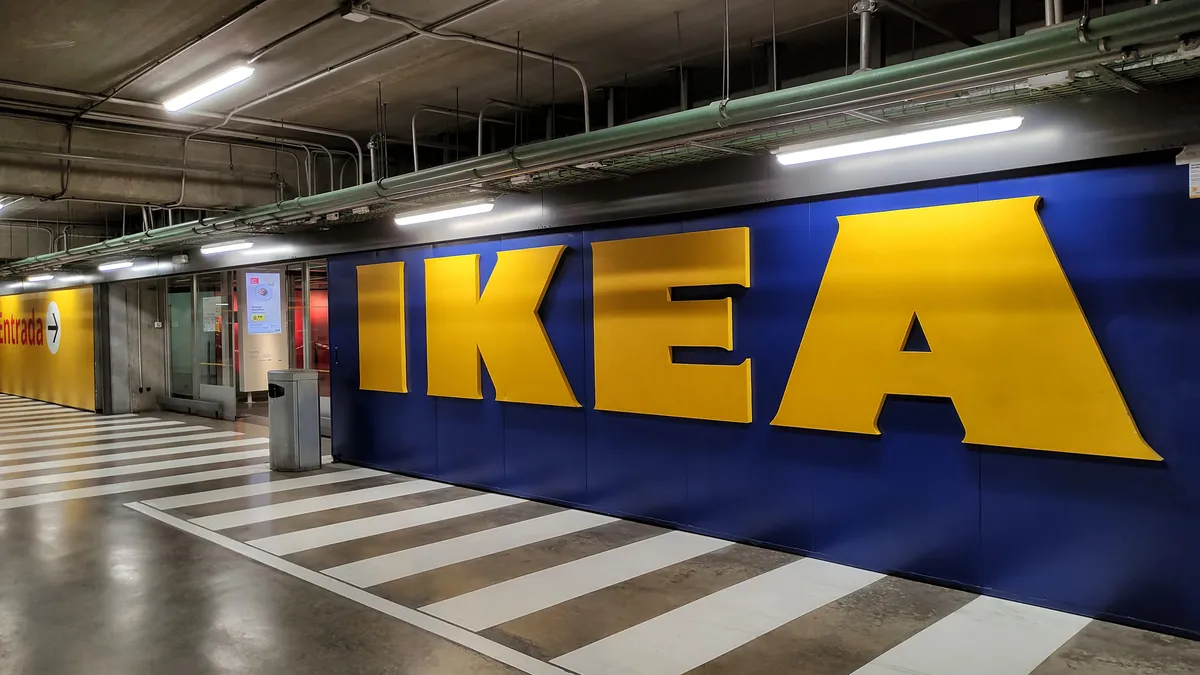Dive Brief:
- Nvidia and data center provider Equinix partnered to launch a joint private cloud service to give customers more control over AI computing, the companies announced Wednesday.
- Equinix Private AI with Nvidia DGX is a fully managed infrastructure offering that lets customers build and run generative AI models. The service is globally available in nearly 250 data centers across North America, South America, Europe, Asia and Africa.
- Customers can connect with providers in the partner network to configure a customized system tailored to enterprise needs. “They just tell us how big they want the solution to be and Nvidia, Equinix and our local partners work together to give them a single turnkey option,” said Charlie Boyle, NVIDIA’s VP of DGX systems.
Dive Insight:
The partnership merges Nvidia’s AI infrastructure prowess with Equinix’s data center expertise. Nvidia is helping Equinix deploy the solution and training teams on maintenance, according to Boyle.
The turnkey offering targets several enterprise obstacles to AI adoption, including data leakage, cost and back-end upgrades.
"That degree of control is such an important critical element for the enterprises to gain comfort on making the investments on the human capital side, as well as from a dollars perspective, to be able to deploy these technologies,” Jon Lin, Equinix’s EVP and GM of data center services, said.
While more companies are ramping up generative AI efforts, not all of them are seeing the progress or benefits that they expected.
Two-thirds of C-suite leaders were ambivalent or dissatisfied with their organization’s progress on generative AI in 2023, according to a Boston Consulting Group poll of more than 1,400 C-suite executives published this month. The discontent could push enterprises to rework plans, conduct further market analysis and shift strategies.
“Especially when you think about the technology stack and the infrastructure needed to be able to run [AI] at scale, being able to run that in the enterprise data center is something that’s just not feasible anymore from a cost perspective, from a sustainability perspective, from an efficiency perspective,” said Lin.













